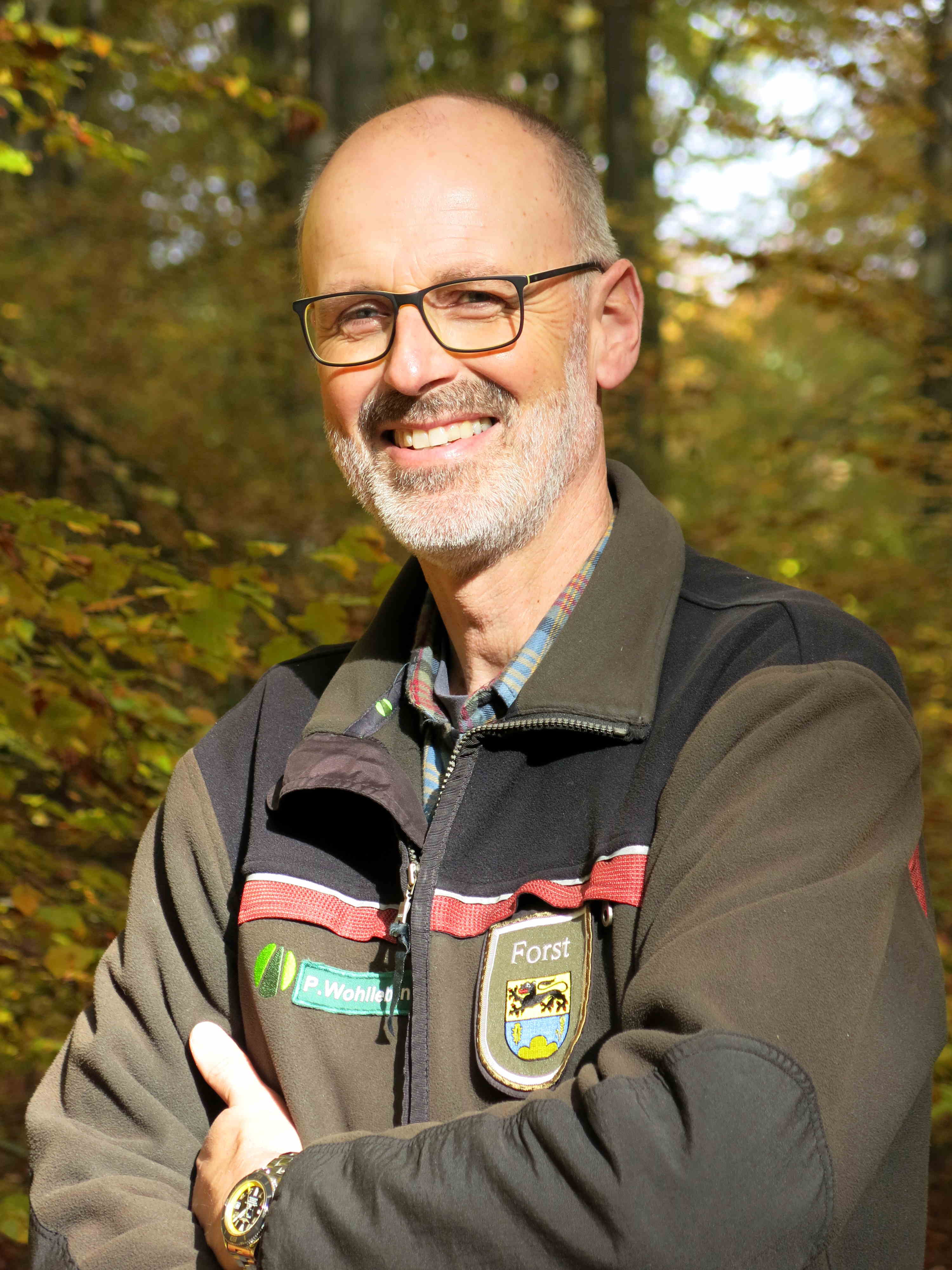Of our five senses, sight, hearing, taste and smell might come to mind more readily. The fifth, which we'll investigate here, is actually the most important: our sense of touch.
When we think of touch, the first thing that comes to mind for most people is our fingers. There's a neat game you can play in nature, particularly amongst trees, to experience its importance for yourself. The game works equally well for adults and children. Blindfold one person, then have someone else lead the blindfolded person through the trees.
If you're the one being led, you'll notice right away how much trust you have to put in your partner, as with every step you anticipate a painful collision between your head and a gnarly tree trunk. The goal of the short walk is a randomly chosen tree that the person wearing the blindfold has to touch. The blindfolded person now has to run their fingers all over it. The mossy cushions on the spreading roots, the texture of the bark, tiny twigs, the diameter of the trunk-all of these come into play. Finally, the pair return. Spin the person wearing the blindfold around to disorient them, then remove the blindfold. The exciting part comes next. Will the person be able to find the tree now that he or she can see? Usually, it works astoundingly well and one thing quickly becomes clear: our hands translate what they feel into pictures.
In 2014, a team of international scientists set up an experiment to see if there is a direct connection between touch and pictures-that is to say, our eyes. This is what they discovered: whenever the test subjects touched something with their fingers, their eyes stopped moving for a fraction of a second. We are not aware of these minuscule pauses, but clearly they are long enough to allow the brain to focus better and process what has been touched.
As an organism, we have a vast number of sensory cells devoted to touch. Up to 600 million receptors are hidden in our skin, but there are also receptors in our muscles, tendons, and joints. Together, these two different kinds of receptors, tactile in the skin and kinesthetic within the body , are known as haptic receptors. It turns out they are necessary not only to establish the outer limits of our own bodies, but also to help us with mental concentration.
Martin Grunwald, leader of the Haptic Research Laboratory at the University of Leipzig, feels psychologists do not pay nearly enough attention to our sense of touch. With this in mind, he researched the way people spontaneously touch their faces. We all do it. You might be doing it right now while reading this article. These movements are not for communication and, in most cases, we are not even aware of them. But that does not mean they serve no purpose, as Grunwald discovered. He measured the brain activity of test subjects while they tried to remember a sequence of haptic stimuli for five minutes. When he disturbed them with unpleasant noises, the subjects dramatically increased the rate at which they touched their faces. When the noises upset the rhythm of their brains and threatened to disrupt the subjects' concentration, self-touch helped them get their brain waves back on track. To put it another way: self-soothing grounded their minds.
See, touch, learn-that is a triad that can easily get out of sync in our modern world. The more information we get from our smartphones and televisions, the less we use our sense of touch. It's too early to say what the long-term consequences might be, but it certainly can't hurt to take remedial action right now. And this time I don't mean by taking a walk in the woods, at least not the normal kind of walk.
The next time you are walking outside, try touching a variety of objects. The feather lying by the side of the path is just waiting to be picked up. Even the slippery rock covered with algae offers unusual experiences of contact and motion. If you're worried about touching your clothes with dirty hands, use a small cushion of moss to wipe them off-it cleans really well, especially when it's damp. And as a bonus you can chalk up yet another tactile experience.
Peter Wohlleben is a forester and the author of The Heartbeat of Trees


